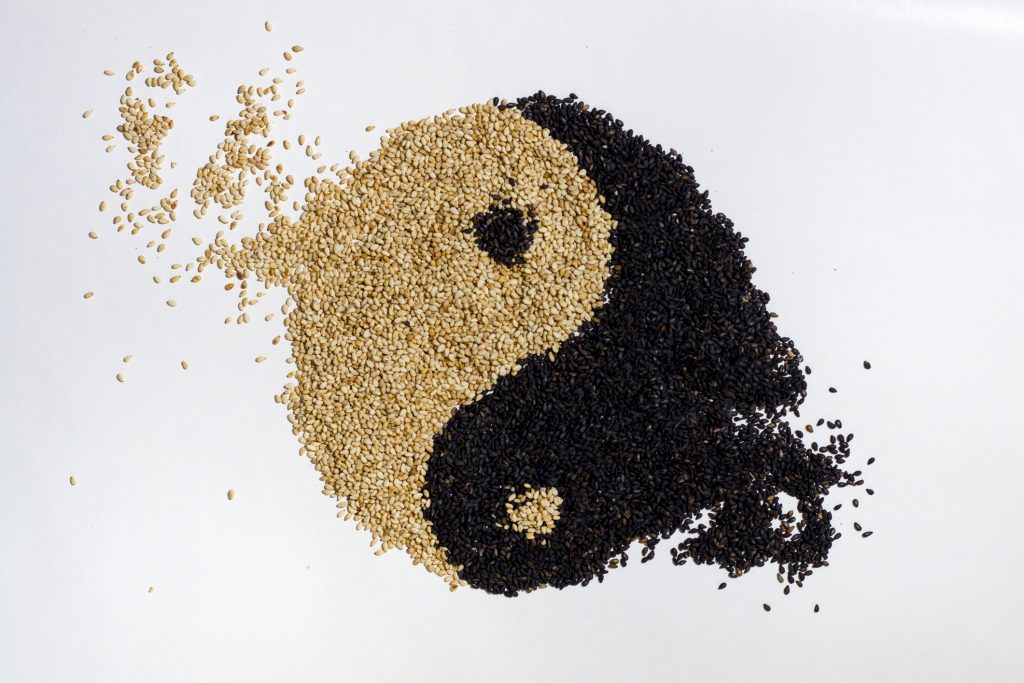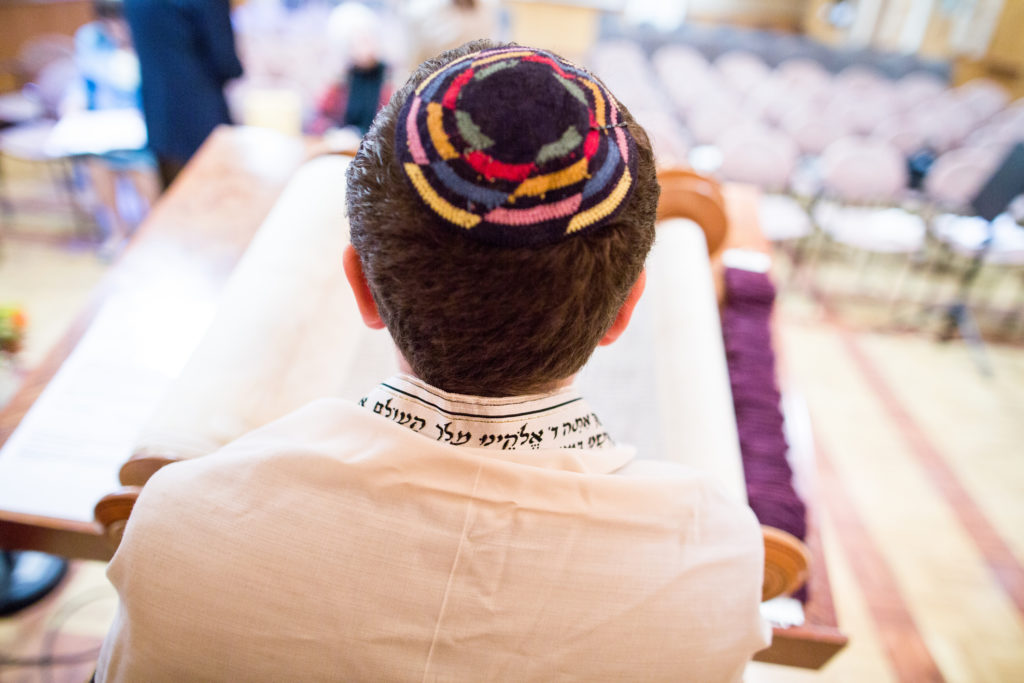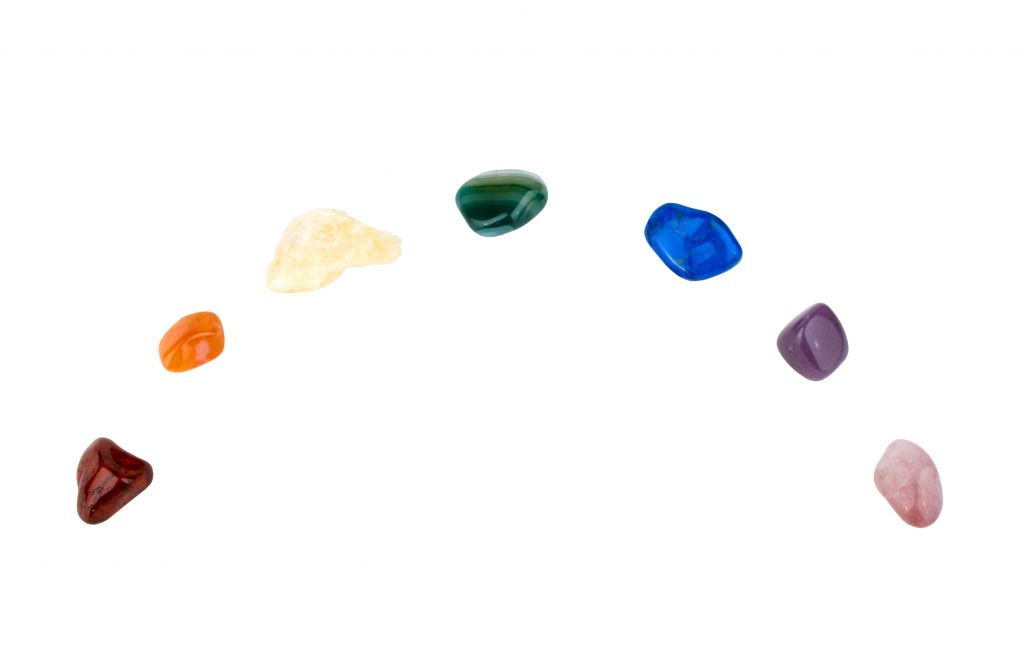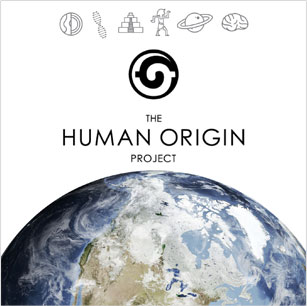The Islamic calendar is a lunar calendar, consisting of 12 months of 354 or 355 days. Purely based on moon phases it drifts 10 days annually and does not sync with the seasons.
The year begins with the month of Muharram (1st Muharram being 21st September 2018) and the current year is 1440. It repeats the lunar cycle with the dates taking 33 years to cycle through before appearing again.
The beginning of each month is marked by the observance of a new moon, visibility of the new moon depends on various factors therefore this Islamic Calendar is only an estimate.
Who Invented the Islamic Calendar?
The first year of the Islamic Calendar was 622 AD; it is currently the 15th century according to the Islamic Calendar. The calendar’s beginning is marked by the time that the Prophet Muhammad migrated from Makkah to Medina–one of the most iconic events of Islamic history. This event is also known as ‘hijra’, which is also the name of the calendar itself.
It was first introduced by Hazrat Umar bin Al Khattab, in 638 AD, a close friend of the Prophet Muhammad. The calendar was brought in to help reconcile the many other calendric systems that were used in ancient times, often with conflicting and confusing dates.
The Islamic calendar holds deep symbolic meaning for the Islamic faith. Each month represents deep religious practices and also marks Islamic religious festivals in which remembrance and gratitude are offered.
What Day is it on the Islamic Calendar?
The Islamic calendar is traditionally marked by observation and not calculation. This makes it difficult to predict, and depends on seeing the lunar cycles.
Each day begins in the evening with the appearance of the waxing crescent moon marks the start of a new cycle. This observation must occur through human eyes.
The observations of the moon occur just after sunset, meaning the day begins in the evening.
This is only true if the moon is visible in the evening of the 29th day of the month. If it hasn’t appeared by then, a 30th day is added to that month.
A waxing crescent is visible just after the New Moon arrives, which is why the Islamic month usually begins on the 2nd or 3rd day according to the Gregorian calendar.
Weather and Predicting the Islamic Month
As the Calendar is dependent on actual human observation, the length of months are impossible to predict. Traditionally, a person of authority or a holy group is in charge of marking the new moon.
Natural factors like cloud cover and bad weather affect the calendar. If the waxing moon has appeared but is unable to be seen the start of the new month falls a day later in the year.
The Islamic Calendar primary function was not originally for agricultural purposes; instead, it is used just to keep time.
Equinoxes and solstices have no influence, nor does the solar day.
How many months are in the Islamic calendar?
Each month of the Islamic Calendar holds unique symbolism. Four months are deemed to be sacred, and require religious practices to be carried out whenever they begin each year.
The 12 months that make up the Islamic calendar are:*
- Muharram
- Safar
- Rabi-Al-Awwal
- Rabi-Al-Thani
- Jumada-Al-Awwal
- Jumada-Al-Thani
- Rajab
- Shaban
- Ramadan
- Shawwal
- Zul-Qaadah
- Zul-Hijjah
*Note – Spelling of the months may vary depending on the source used
The first day of Year One of the Islamic calendar was set as the first day of the Hijrah, the Prophet’s migration from Makkah to Madinah on July 26, 622 C.E.
Christian convention in designating Islamic dates is thus by the abbreviation AH, which stands for the Latin Anno Hegirae, or ‘Year of the Hijrah’.

Islamic Calendar 2019
Length of the Islamic Year
As the time between one new moon and the next is roughly 29.5 days, the Islamic months vary each year from 29 to 30 days in length. Compared to the solar Gregorian calendar, each month is around a day shorter than the solar month. This means the year is around 11 days shorter than the Gregorian year of 365 days.
The subtle change throughout the year means the Islamic Calendar is moving slowly back from the Gregorian system. That being said, the Islamic Calendar is moving faster than the Gregorian, with 33 lunar years equaling about 32 solar years.
Converting the Islamic Year to Gregorian
To roughly convert an Islamic calendar year (AH) into a Gregorian equivalent (A.D./C.E.), or vice versa, use one of the following equations.
AD = 622 + (32/33 x AH)
AH = 33 / 32 x (AD – 622)
Calculating Islamic Leap Years
The traditional Islamic Calendar does not include or add leap years. Even though a lunar year is shorter than a solar year, the Islamic Calendar has no reconciling days added. As this is the case, the Islamic calendar slowly approaches the Gregorian date.
It happens very slowly with another 18,000 years still to go until the two are level; it won’t be until the year 20,874 that the two calendar systems will match up.
Modern use of the Hijrah Calendar
Although much of the world now follows the Gregorian calendar for civic purposes, the Islamic calendar is still the officially recognized calendar in many Islamic countries around the world.
Religious and holy celebrations, as well as daily life practices are all tied in with the Islamic calendar; whose significance is extremely important to billions around the world.
It has a 30-year cycle with 11 leap years of 355 days and 19 years of 354 days.
In the long term, it is accurate to one day in about 2,500 solar years or 2,570 lunar years. It also deviates up to about one or two days in the short term.
How Often is Ramadan Celebrated?
The month of Ramadan is dedicated to spiritual reflection and worship. Fasting from sunrise to sunset as well as abstaining from sex is practiced. Historical events are also symbolized throughout the year in certain months. The first month of the year signifies Moses parting the Red Sea in ancient times, which is remembered and celebrated during Muharram.
The months of Muharram, Rajab, Zul-Qaadah, and Zul-Hijjah are considered sacred according the calendar. Fighting, battles and war are prohibited during these months, and instead peace is sought. Along with these holy months, there is special significance attributed to many other times of the year.
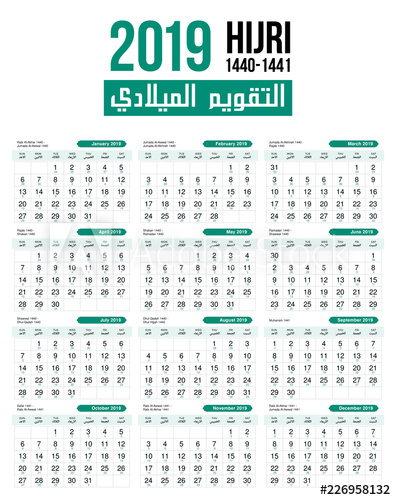
Islamic Calendar 2019
Meaning of the Twelve Islamic Months
- Muḥarram: Forbidden
A sacred month, so called because battle and all kinds of fighting are forbidden (ḥarām) during this month. Muḥarram includes ‘Āshūrā’, the tenth day.
2. Ṣafar: Void
Supposedly named thus because pre-Islamic Arab houses were empty this time of year while their occupants gathered food. Another account relates that they used to loot the houses of their enemies after defeating them in battle, leaving nothing behind.
3. Rabī‘ al–awwal: The first spring
Also means to graze, because cattle were grazed during this month. Also a very holy month of celebration for many Muslims, as it was the month the Prophet Muhammad was born.
- Rabī‘ ath-thānī: The second spring
5. Jumādá al-ūlá: the first of parched land
Often considered the pre-Islamic summer. Jumādá may also be related to a verb meaning “to freeze” and another account relates that water would freeze during this time of year.
- Jumādáal-ākhirah: The last of parched land
7. Rajab: respect, honor
This is the second sacred month in which fighting is forbidden. Rajab may also be related to a verb meaning “to remove”, so called because pre-Islamic Arabs would remove the heads of their spears and refrain from fighting.
- Sha‘bān– Scattered
Marked the time of year when Arab tribes dispersed to find water. Sha‘bān may also be related to a verb meaning “to be in between two things”. Another account relates that it was called thus because the month lies between Rajab and Ramaḍān.
- Ramaḍān– Burning heat
Burning is related to fasting as in empty stomach one’s worldly desire will burn. Supposedly so called because of high temperatures caused by the excessive heat of the sun.
Ramaḍān is the most venerated month of the Hijri calendar. During this time, Muslims must fast from pre-dawn till sunset and should give charity to the poor and needy.
- Shawwāl– Raised
She-camels would normally be in calf at this time of year and raise their tails
- Dhū al-Qa‘dah – The one of truce/sitting
This is a holy month during which war is banned. People are allowed to defend themselves if attacked.
12. Dhū al-Ḥijjah – the one of pilgrimage
During this month Muslim pilgrims from all around the world congregate at Mecca to visit the Kaaba. The Hajj is performed on the eighth, ninth and the tenth of this month.
The Day of Arafah takes place on the ninth of the month. Eid al-Adha, the “Festival of the Sacrifice”, begins on the tenth day and ends on sunset of the twelfth, and during which war is banned.
Conclusion
Across the world the Islamic Calendar remains as one of the most sacred and practiced systems in the world.
Now we’d like to hear from you.
Tell us your thoughts on the Hijri Calendar. Leave your thoughts in the comment section below.
Further reading:
https://www.timeanddate.com/calendar/islamic-calendar.html
http://www.webexhibits.org/calendars/calendar-islamic.html
http://www.quranreading.com/blog/the-history-and-great-importance-of-islamic-months/
http://www1.cbn.com/onlinediscipleship/please-explain-for-me-the-islamic-calendar


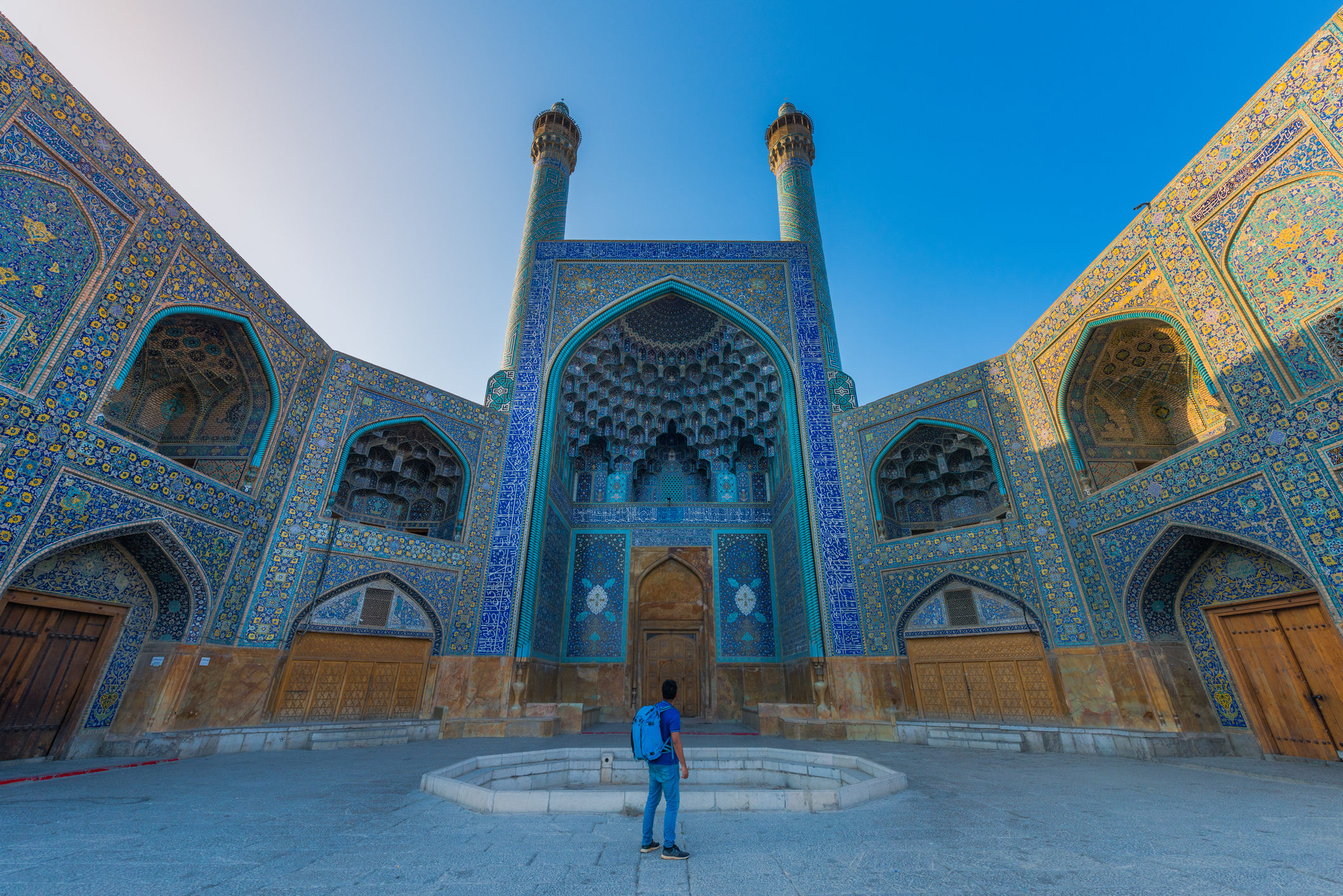 The Shah Mosque also known as Royal Mosque or Imam Mosque, is a UNESCO World Heritage Site in Isfahan, Iran.
This mosque is located in the south side of Naghsh-e Jahan Square, the second-largest square in the world. Many tourist from all around the world come to visit this place because it is regarded as one of the masterpieces of Persian architecture in the Islamic era.
The Shah Mosque also known as Royal Mosque or Imam Mosque, is a UNESCO World Heritage Site in Isfahan, Iran.
This mosque is located in the south side of Naghsh-e Jahan Square, the second-largest square in the world. Many tourist from all around the world come to visit this place because it is regarded as one of the masterpieces of Persian architecture in the Islamic era.